Please sign in to access this resource
Not a Florida public school educator?
Access this resourceon CPALMS.com
General Information
Aligned Standards
This vetted resource aligns to concepts or skills in these benchmarks.Related Videos

Just about anything can be data, including how you interact with social media apps!
Download the CPALMS Perspectives video student note taking guide.

Complex problems require complex plans and training. Get in shape to get things done.
Related Resources:
KROS Pacific Ocean Kayak Journey: GPS Data Set[.XLSX]
KROS Pacific Ocean Kayak Journey: Path Visualization for Google Earth[.KML]
Download the CPALMS Perspectives video student note taking guide.

What does it mean to be normally distributed? What do oceanographers do when the collected data is not normally distributed?

Humans aren't the only ones who get their fingerprints taken. Learn how this scientist is like a crime scene investigator using oil "fingerprints" to explain the orgins of spilled oil.
Download the CPALMS Perspectives video student note taking guide.

Dr. Jeff Holmes from the Harvard University Museum of Comparative Zoology discusses the Encyclopedia of Life as a teaching resource and as an example of reliable information.
This video was created in collaboration with the Okaloosa County SCIENCE Partnership including the Smithsonian Institution and Harvard University.
Download the CPALMS Perspectives video student note taking guide.
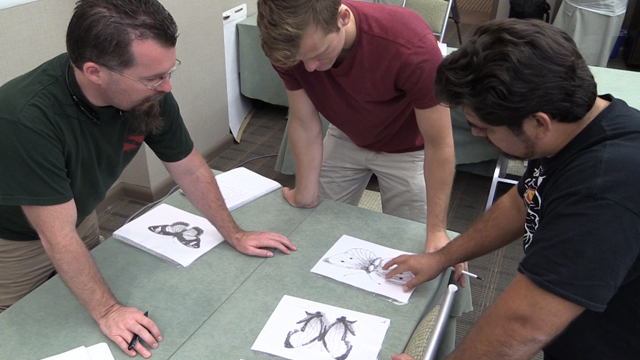
This researcher explains common methods behind randomized studies in the social sciences, specifically in education.

This ecologist from the Coastal Plains Institute discusses sampling techniques that are used to gather data to make statistical inferences about amphibian populations in the wetlands of the Apalachicola National Forest.

This simple inquiry helps students learn about the scientific method while trying to unlock the mystery of goldenrod paper.
Download the CPALMS Perspectives video student note taking guide.

What could be better than having class on the beach and conducting actual research to boot? See how this marine science teacher transforms his students into scientists.
Download the CPALMS Perspectives video student note taking guide.

This teacher has an idea about how to bring higher-level reading skills to science class.
Download the CPALMS Perspectives video student note taking guide.

Avast, me hearties! You ready to learn about observation skills?
Download the CPALMS Perspectives video student note taking guide.

F-15 Experimental Test Pilot discusses the importance of the iterative process of collecting data, analyzing data and communicating the findings when developing aircraft for the United States Air Force.
Download the CPALMS Perspectives video student note taking guide.
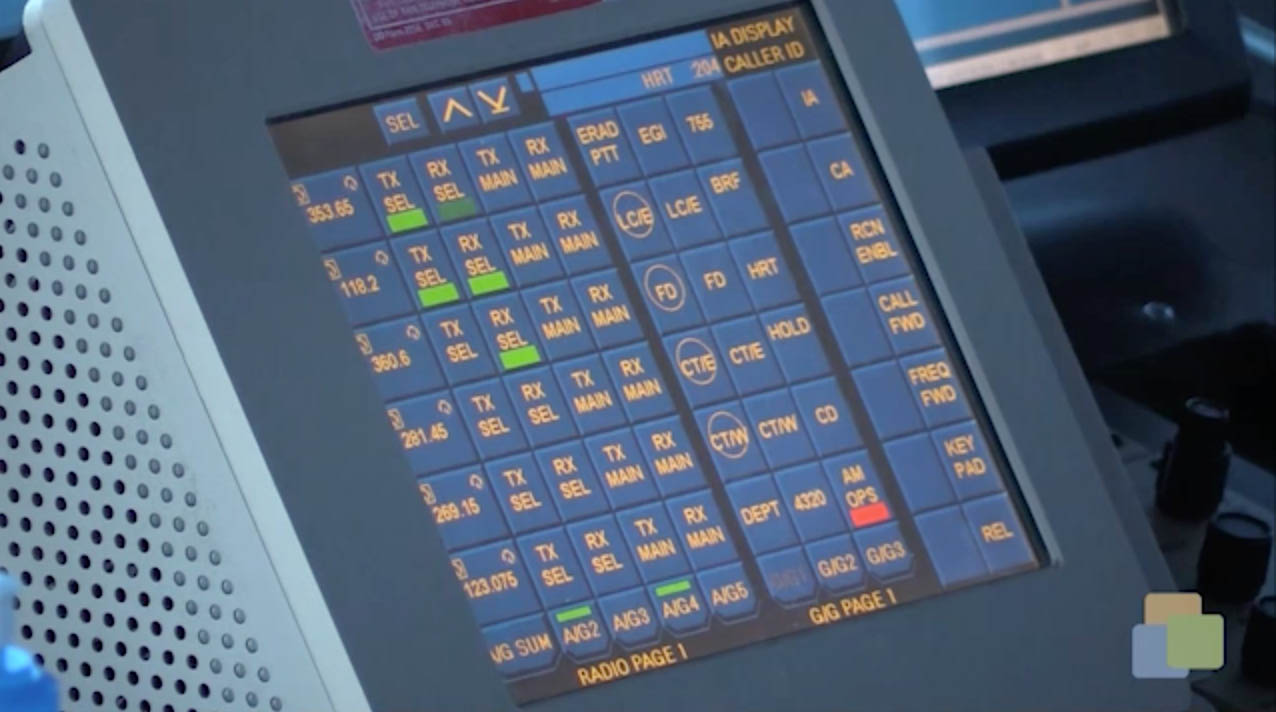
Air Force Test Pilot discusses the need for systematic testing and collection of data for new flight technologies.

In this video, science teacher Susan Cullum describes the impact of field research experiences on classroom teaching practices.
This research is made possible by a grant from the Gulf of Mexico Research Initiative (GoMRI/C-IMAGE II).
This research is made possible by a grant from the NOAA Gulf of Mexico BWET program.
Download the CPALMS Perspectives video student note taking guide.
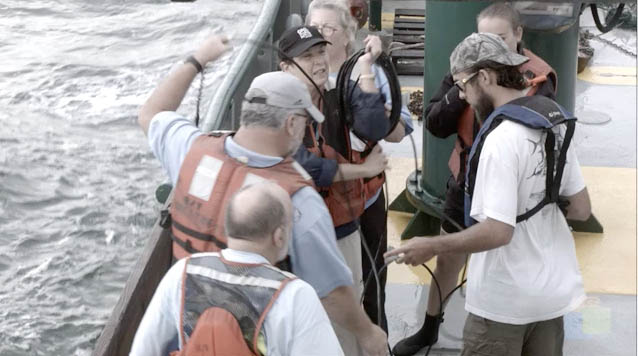
Listen as science teacher Patty Smukall recounts past and present marine field experiences and how they affect teaching practices back in the classroom.
This research is made possible by a grant from the Gulf of Mexico Research Initiative (GoMRI/C-IMAGE II).
This research is made possible by a grant from the NOAA Gulf of Mexico BWET program.
Download the CPALMS Perspectives video student note taking guide.
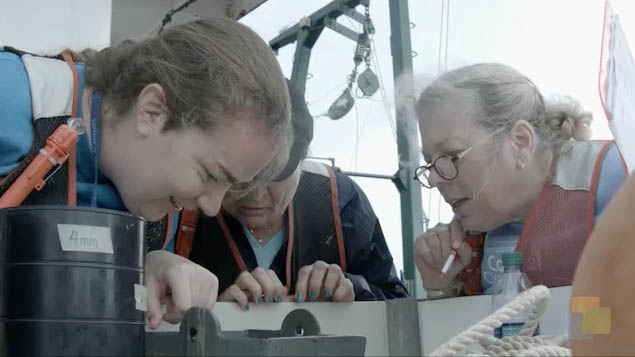
In this video, Angela Lodge describes the value of hands-on experiences gained from field research for transforming both teachers and their classroom practices.
This research is made possible by a grant from the Gulf of Mexico Research Initiative (GoMRI/C-IMAGE II).
This research is made possible by a grant from the NOAA Gulf of Mexico BWET program.
Download the CPALMS Perspectives video student note taking guide.

Field experiences are powerful and capable of improving teachers' ability to impact students in the classroom. Watch as USF Outreach Coordinator Teresa Greely explains the experiences offered to teachers through the NOAA Bay Watershed Education and Training (B-WET) program.
This research is made possible by a grant from the Gulf of Mexico Research Initiative (GoMRI/C-IMAGE II).
This research is made possible by a grant from the NOAA Gulf of Mexico BWET program.
Download the CPALMS Perspectives video student note taking guide.
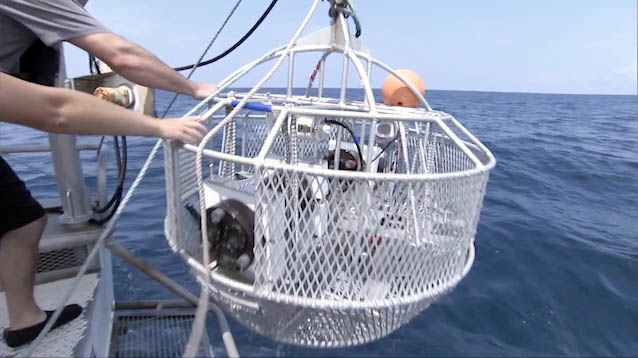
NOAA Scientist, Doug Devries talks about fish survey techniques and technologies.
Download the CPALMS Perspectives video student note taking guide.
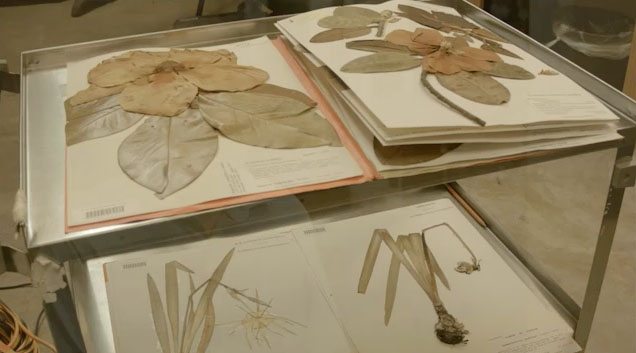
Listen as Dr. Austin Mast describes how and why an herbarium collects, maintains, and distributes plant samples for scientific research.
Download the CPALMS Perspectives video student note taking guide.

Listen closely as Dr. Austin Mast explains how students can help scientists by transcribing data from real herbarium plant samples.
Related Site:
Download the CPALMS Perspectives video student note taking guide.

COAPS oceanographer Dmitry Dukhovskoy describes the process used to mathematically model eddy shedding in the Gulf of Mexico.
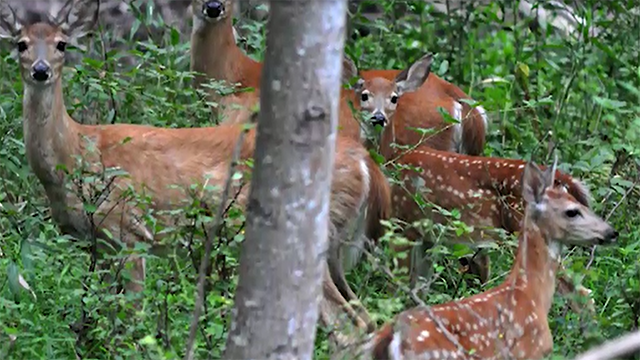
Dr. Bill McShea from the Smithsonian Institution discusses how regression analysis helps in his research.
This video was created in collaboration with the Okaloosa County SCIENCE Partnership, including the Smithsonian Institution and Harvard University.

Statistical analysis played an essential role in using microgravity sensors to determine location of caves in Wakulla County.
Download the CPALMS Perspectives video student note taking guide.

The tide is high! How can we statistically prove there is a relationship between the tides on the Gulf Coast and in a fresh water spring 20 miles from each other?
Download the CPALMS Perspectives video student note taking guide.
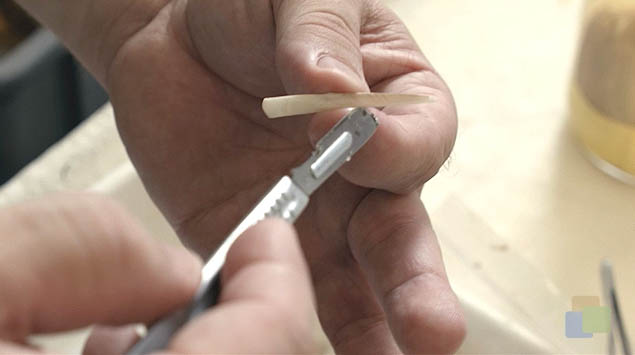
Chip Cotton, fishery biologist, discusses his use of mathematical regression modeling and how well the data fits his models based on his deep sea shark research.
Download the CPALMS Perspectives video student note taking guide.
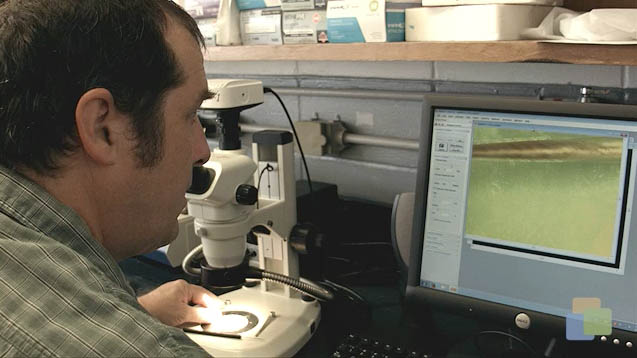
Shark researcher, Chip Cotton, discusses the use of regression lines, slope, and determining the strength of the models he uses in his research.
Download the CPALMS Perspectives video student note taking guide.
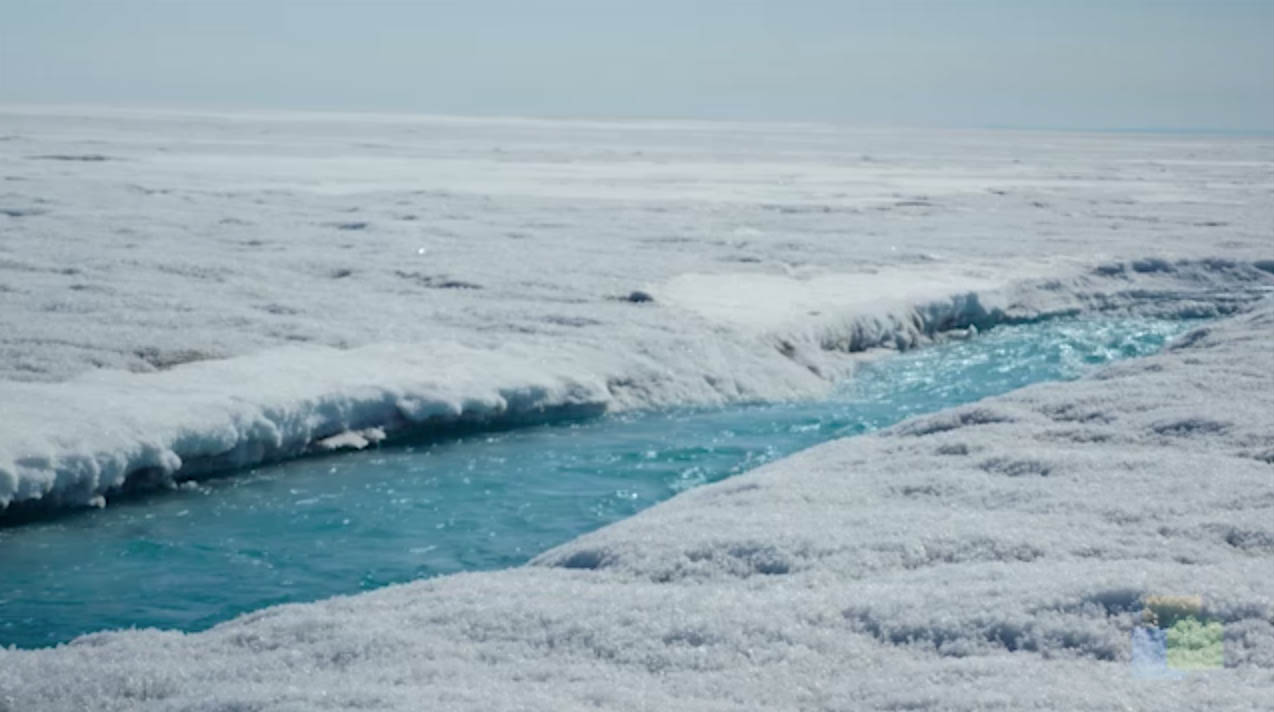
In this video, Brad Rosenheim describes how Louisiana sediment cores are used to estimate sea level changes over the last 10,000 years. Video funded by NSF grant #: OCE-1502753.
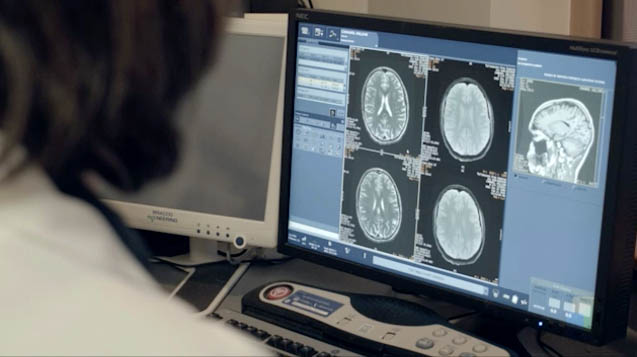
Wei Wu discusses his statistical contributions to the Birdsong project which help to quantify the differences in the changes of the zebra finch's song.

Brandon Reese, a PhD candidate in the FAMU-FSU College of Engineering, discusses the significance of both Bernoulli's equation and statistical analysis for the design of a "smart wing."

Hear this oceanography student float some ideas about how statistics are used in research.

A discussion describing ocean currents studied by a physical oceanographer and how math is involved.

Data logging has transformed competitive racing! These SCCA drivers discuss how they use computers to compare multiple sets of data after test runs.

Ecologist Rebecca Means discusses the use of statistical sampling and comparative studies in field biology.

This quantitative measurement and statistics activity will allow you to save face.

Florida State University Counseling Psychologist discusses how he uses confidence intervals to make inferences on college students' experiences on campus based on a sample of students.
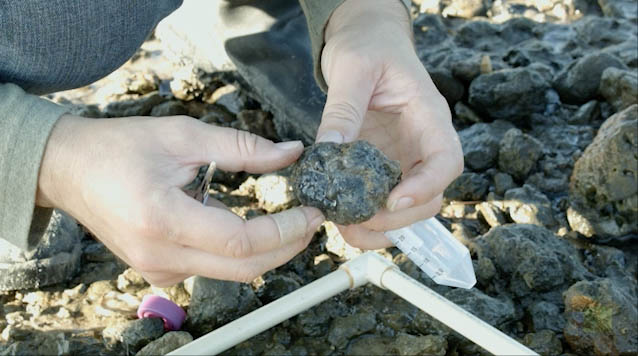
Will Ryan describes methods for collecting multiple random samples of anemones in coastal marine environments.
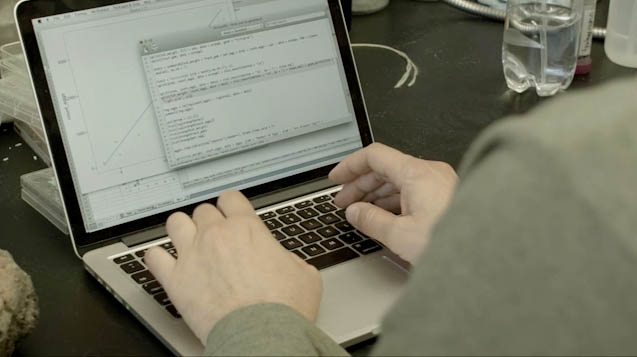
Will Ryan describes how linear regression models contribute towards his research on sea anemones.
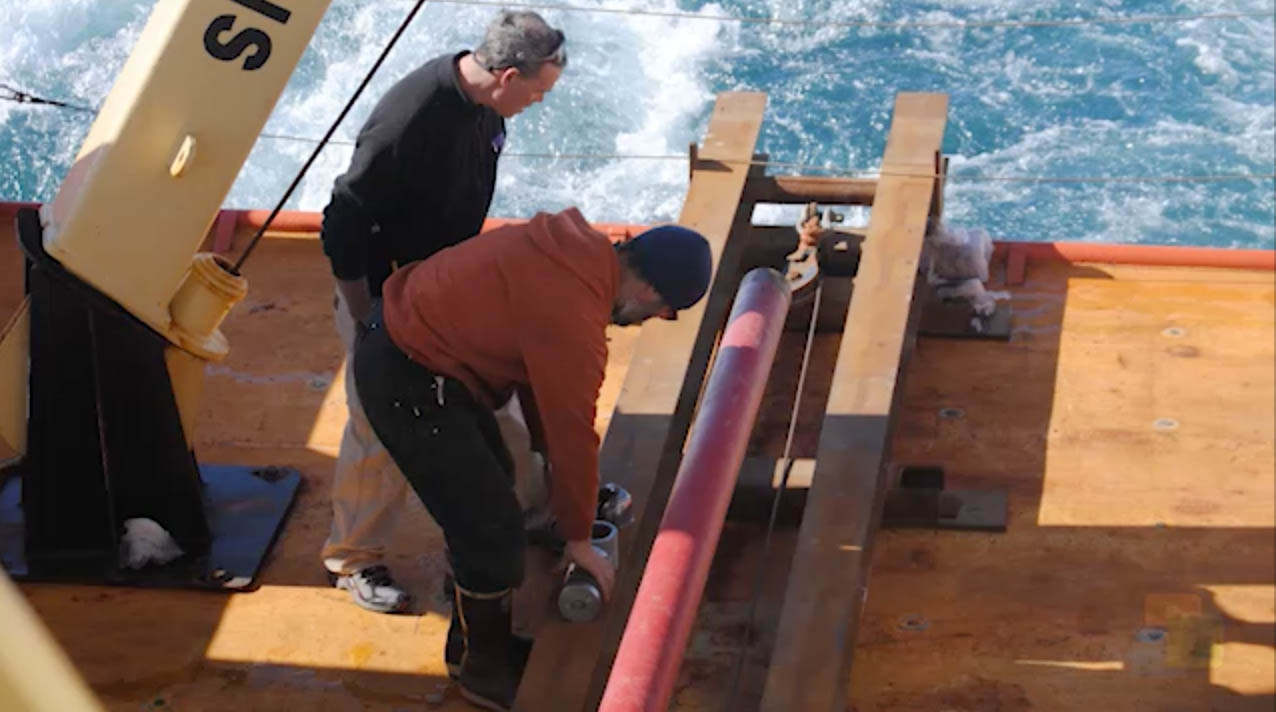
In this video, Eugene Domack explains how past Antarctic ice sheet movement rates allow us to understand sea level changes. Video funded by NSF grant #: OCE-1502753.
Download the CPALMS Perspectives video student note taking guide.
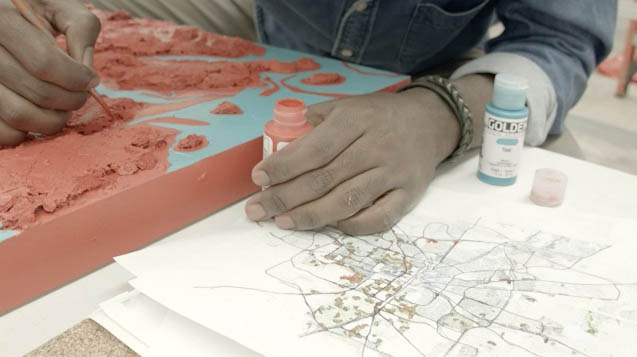
Graphic designer and artist, Drexston Redway infuses statistics into his artwork to show population distribution and overlap of poverty and ethnicity in Tallahassee, FL.
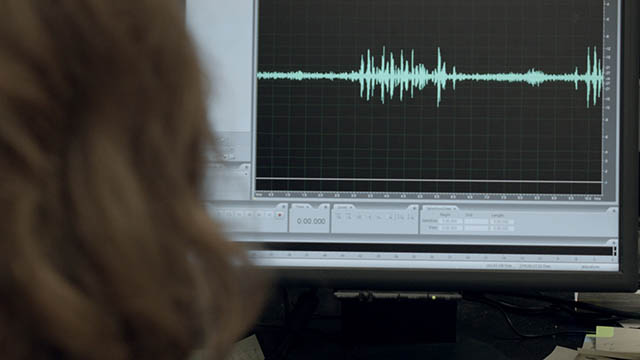
Researchers Frank Johnson, Richard Bertram, Wei Wu, and Rick Hyson explore the necessity of scientific and mathematical collaboration in modern neuroscience, as it relates to their NSF research on birdsong.
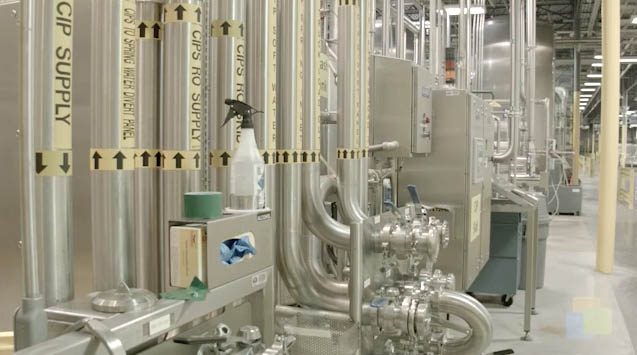
Hydrogeologist from Nestle Waters discusses the importance of statistical tests in monitoring sustainability and in maintaining consistent water quality in bottled water.
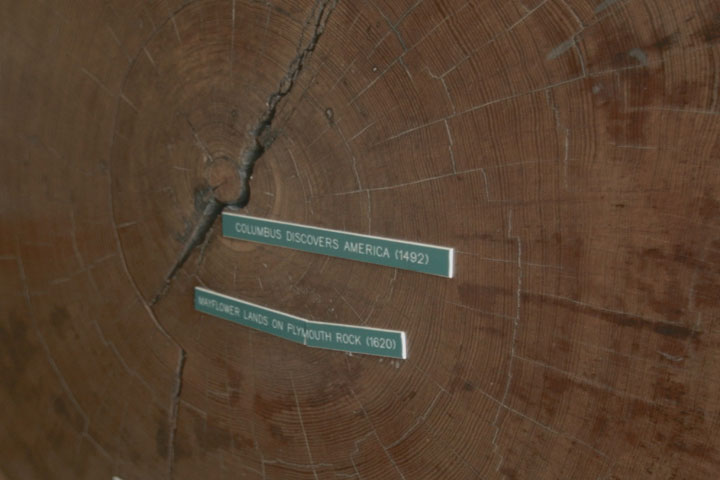
In this video, fire ecologist Monica Rother describes tree ring research and applications for land management.
![Cpalms [Logo]](/images/cpalms_color.png)







